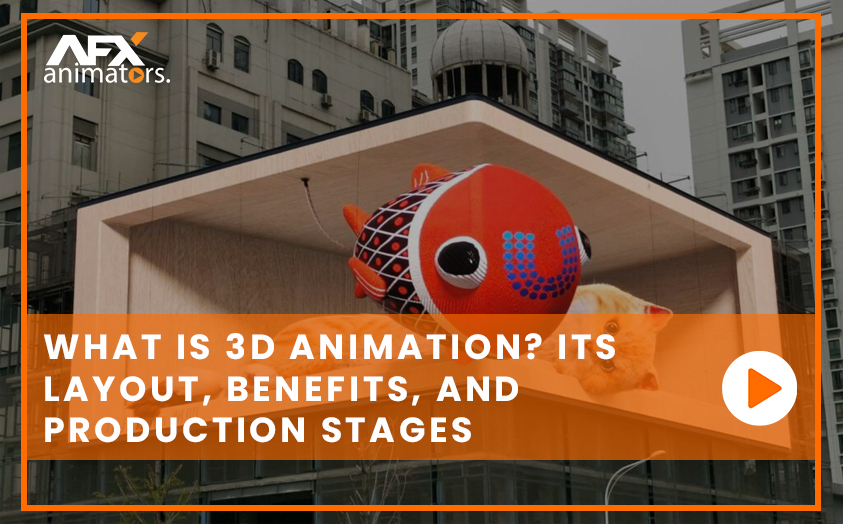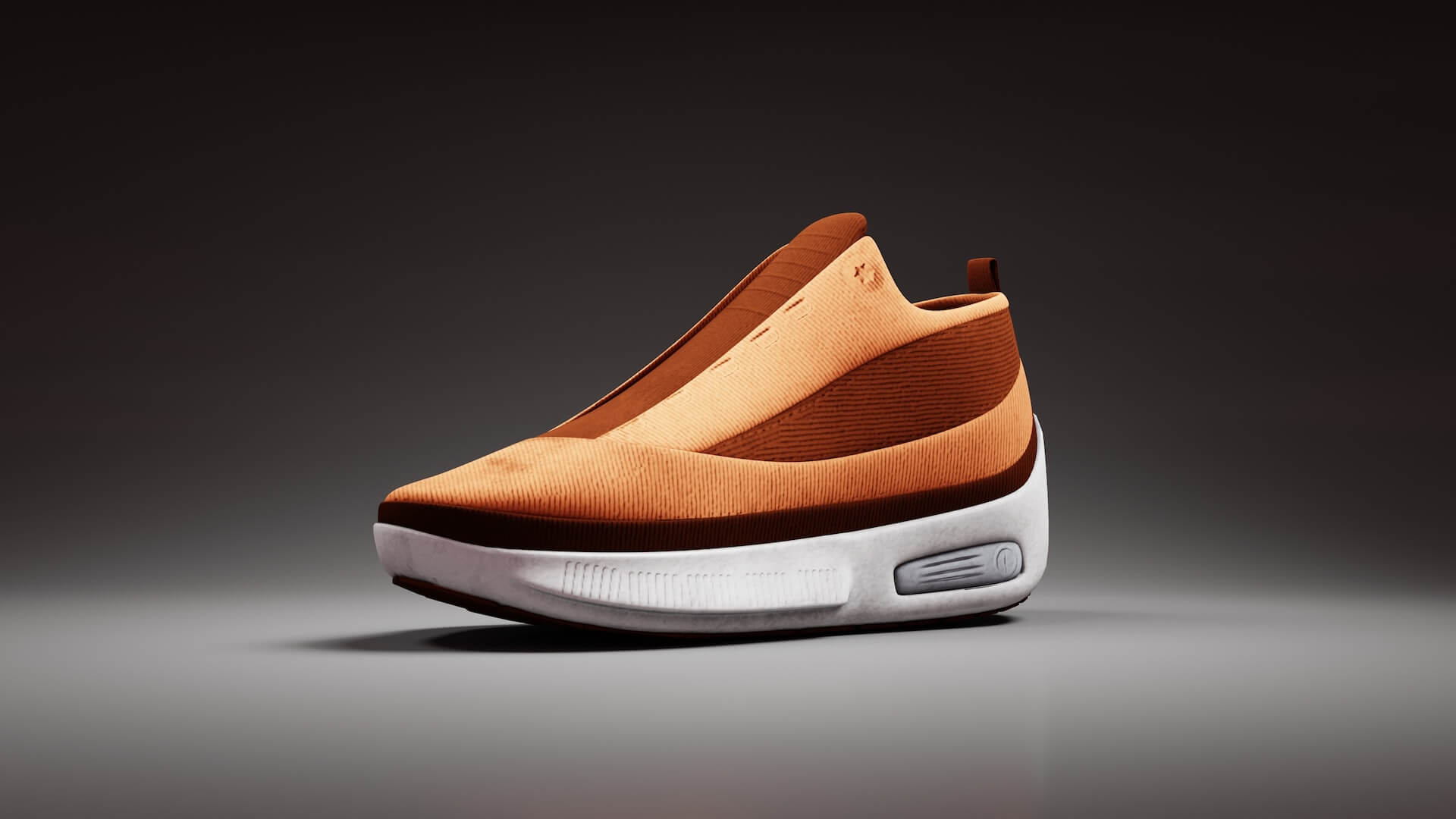The process of giving digital things life by giving the impression that they are moving through three dimensions is the 3D animation definition. These computer-generated items are designed to emulate the principles of a three-dimensional world even though they are displayed in two dimensions. They give the impression of moving, turning, and rotating like a real-world item, enabling a 360-degree view from all angles.
Initially, 3D animation was mostly used in video games, TV, and film production. An early 3d animation example is “Toy Story” by the Video animation company named Pixar.
Currently, 3D animation is used in a far larger range of digital settings. 3D animation is used for a variety of things, from marketing materials to medical imaging.
What is Animation?
The art of transforming still photos into moving ones is known as this. During this procedure, designs are created by drawing and layout creation, followed by the setting up of photographic sequences. Animation has come a long way since the 1960s cartoons and the Avengers Final Game-style flicks you may have seen this year. And it still has the potential to advance even more.
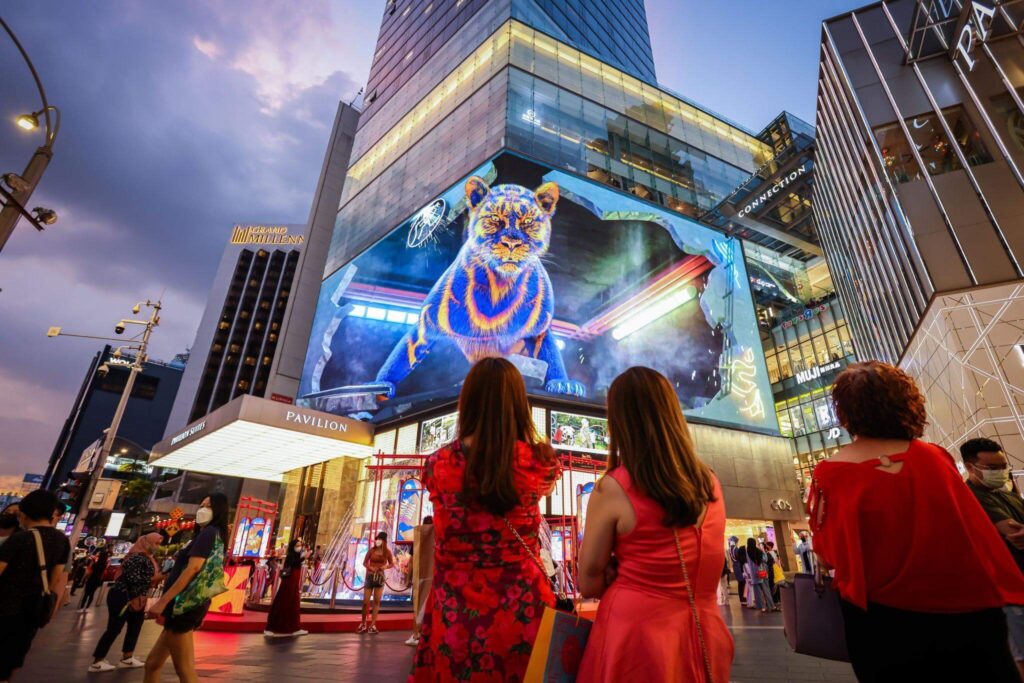
What Is Meant By 3d Animation?
What’s 3d animation? The most widely used type of animation right now is 3D. But it’s very different from 2D animation. 2D animators produce flat, hand-drawn images with slight alterations that, in contrast to 3D animations, appear to move when seen in succession. This design was popular because it allowed artists to construct character rigs without having to redo their drawings thanks to its simple technology. Despite 2D animation’s benefits, 3D animation quickly overtook 2D animation in popularity due to its quicker production. Also, having a solid understanding of 3D modeling will help you become a better 3D animator.
Characteristics of 3D animation:
- Detailed viewpoint
- Modeling (not drawing) (not drawing)
- Computer-animated
- Accurate images
Using 3D animation:
- Movies
- Games
- Educational Videos, and TV Shows
- Commercials for Scientific Research
- Presentations for clients
- Prototypes for government training
- Live Shows of Architecture
Difference Between 2D vs 3D Animation
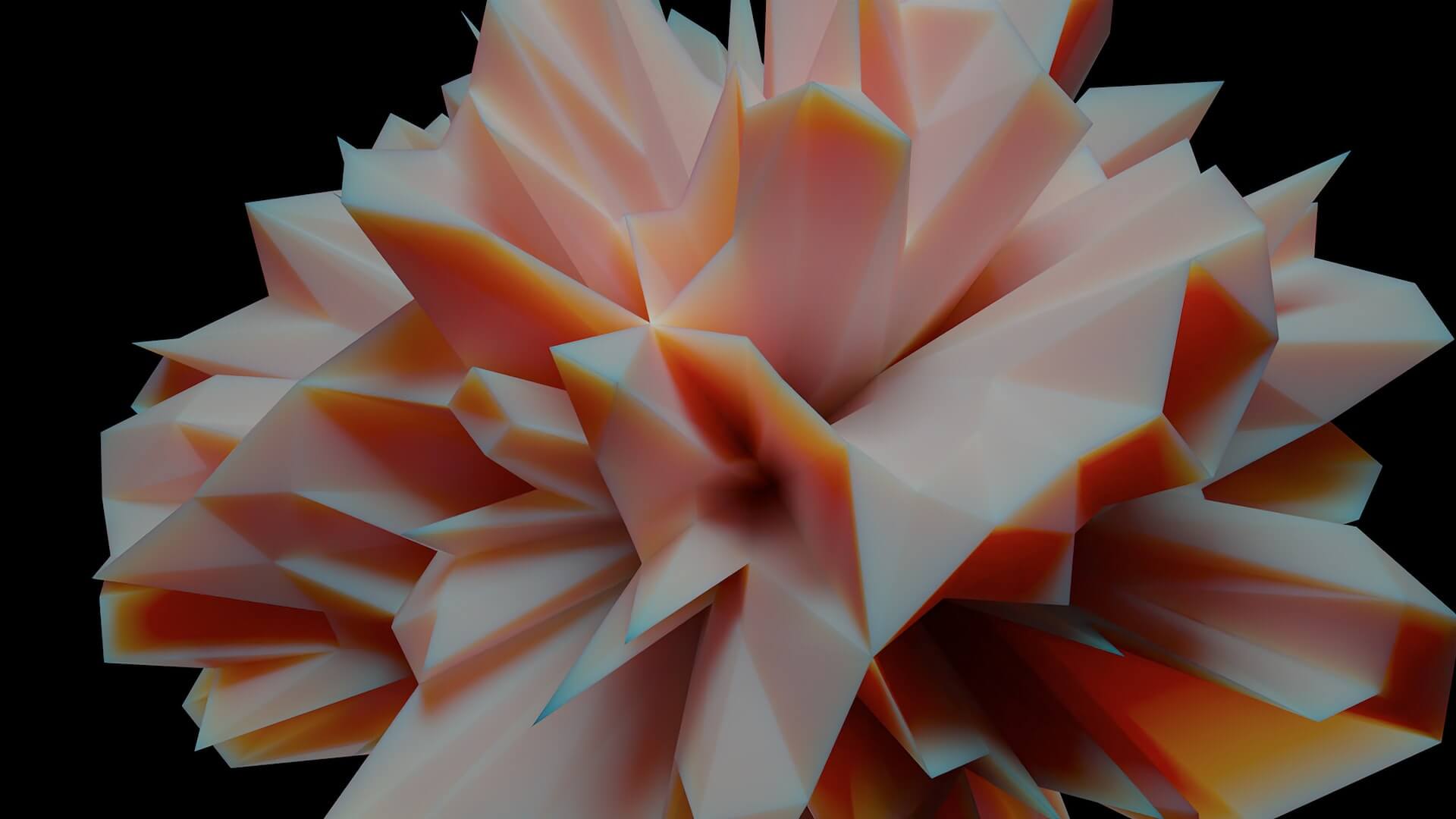
For many years, two-dimensional animation for films was the norm. Yet the development of computer-generated imagery (CGI) marked the beginning of a new era for 3D animation. Both 2D and 3D movies are made using a variety of methods nowadays. What is the fundamental difference between 2D and 3D animation, then?
Drawings or paintings on sheets of translucent celluloid are used to make 2D film animation. The sheets are photographed and assembled into a frame. The visuals appear to move when the frames are shown in quick succession. Animation in 2D films can be created digitally or by hand. Making the individual frames, or “cells,” comes first in both situations. Each frame of an animation created by hand is sketched out on paper. Software like Adobe Photoshop, After Effects, or Unity is used to create each frame in computer-generated animation. The final animation is generated by photographing and editing the created frames together.
Three-dimensional objects are rendered on a two-dimensional surface to produce 3D cinematic animation. After being lit and photographed from a variety of perspectives, the objects are next assembled into a sequence of photographs. Afterward, a high frame rate is used to replay this sequence, giving the impression of movement.
Although 3D animation can be more realistic, because it depends so much on software, it can also be more expensive and time-consuming to make. Producing 2D animation is frequently quicker and less expensive than 3D animation. When it comes to alterations or adjustments, 2D animation might also be more versatile. A more realistic appearance and feel are offered by 3D animation, which is better suited for movies with action-packed scenes or challenging settings. The choice of which form of animation to utilize relies on the particular requirements of the project because both types of animation have strengths and disadvantages of their own.
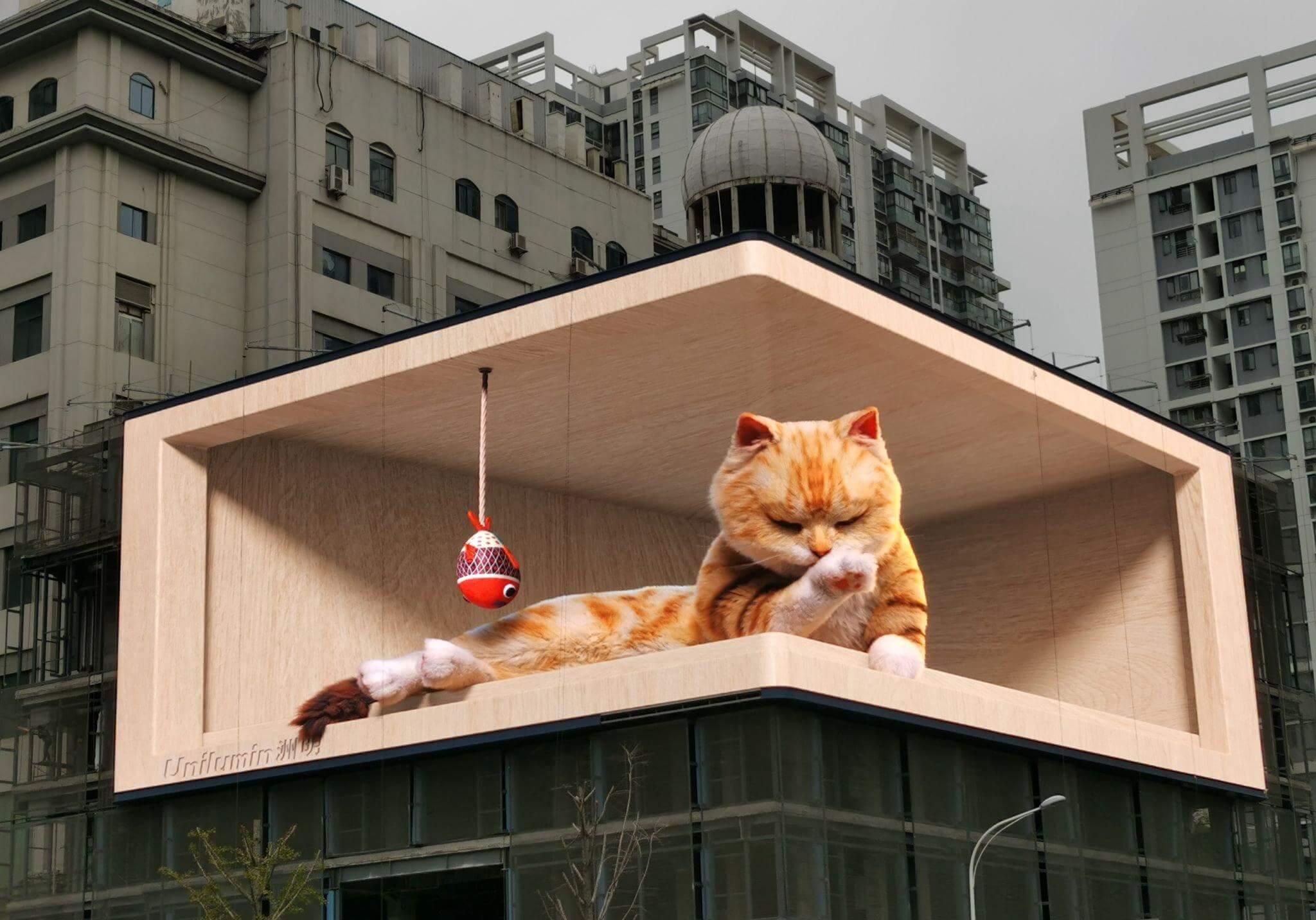
What Is 3d Animation Layout?
We are well aware that the layout of the 3D animation and the animatic are pretty similar. In other words, 3D animation layout is mainly a 3D version of animatics with low-resolution proxy models.
The proxy models are made to provide a more accurate illustration of the final 3D model with the proper proportions (form & size). Also, the character movements and proxy models are crucial for beginning the animation plan.
Animation layout aids the layout artist in deciding what should be shown on the screen by the given instructions and storyboard. The environment is conceptualized during the animation layout phase using the story as a guide (script & storyboard).
Although the 3D layout initially appears to be relatively simple, it ends up being very helpful for the rest of the pipeline. Another important consideration is that 2D animatic can frequently be misled regarding character scale, perspective, or distance. Nevertheless, manipulating these features in a 3D architecture is more difficult. For this reason, a critical step in the creation of 3D animation is the 3D animation layout.
To put it simply:
- The 3D layout enables the director to change the composition of every action shot.
- Rough animation takes will be gradually replaced with the finals as the project progresses, and the 3D layout will also change.
- If it hasn’t been done already, the final voice-over or musical score can also be added.
- Until the 3D layout replaces the existing production guidelines for 3D animation, the development process will continue.
- In a 3D layout, complex camera movements that are difficult to depict in a storyboard or 2D animatic can be altered.
- A 3D layout enables the beginning of many other production-related tasks earlier; afterward, layout artists will start furnishing the surroundings with major and minor finishing props.
What Are The 3 Common Phases Of 3d Animation?
Pre-Production, Production, and Post-Production are the three key phases of 3D animation development.
Hence, get ready to comprehend every step of the animation production process that you must take into consideration so that your animated movie moves from a basic idea to the big screen!
Pre-production For 3d Animation
Pre-production is the first stage you should consider for any animation project.
Pre-production for animation includes everything related to research, artistic design, creative design, and planning of the complete animation project.
Typically, they are split into two teams: the design team, which is in charge of coming up with the concepts, stories, and designs, and the management team, which is in charge of developing the production schedule (including budgets, organization of the human team and deadlines). Your cartoon project will be easier to produce if the pre-production stage was more coordinated.
So let’s go over all the procedures you need to follow in this initial stage.
Script: You need a strong and well-thought-out idea to create a good animation.
Storyboard: Making a storyboard to divide the script into illustrated scenes is the next stage after writing the script.
Animatic: The editorial team uses the completed storyboard to continue creating the animatic, the next stage of the animation project, once it is given to them.
Development of visuals: The idea design, character design, costume design, prop, and environmental design, props, color schemes, and backgrounds are all selected at this stage of the production process for an animation project. This is a complete definition of 3d animation.
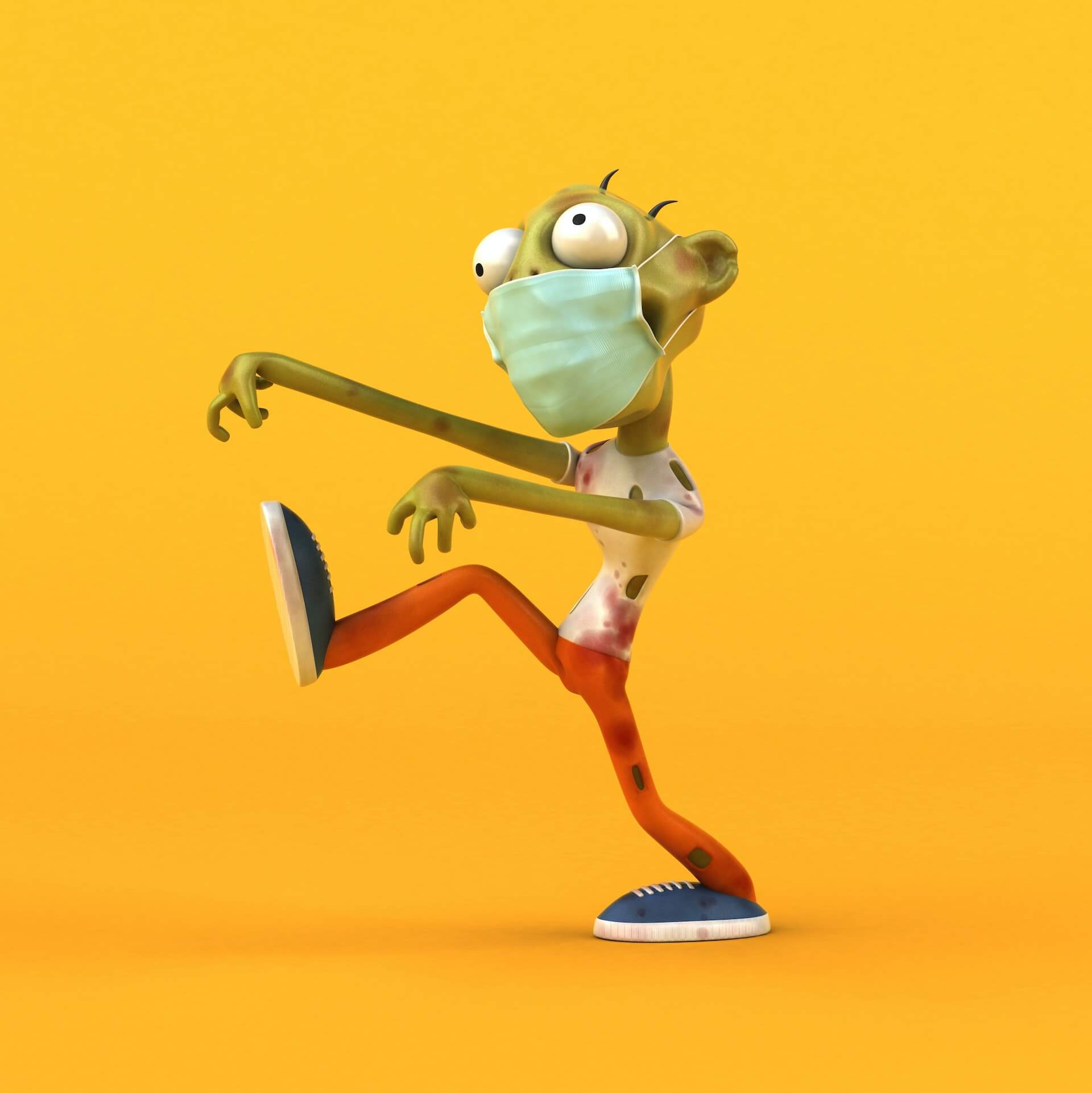
Production Of 3D Animation
All of the foregoing efforts will pay off and manifest during the animation creation phase. The assigned teams and artists will now get the visual components of the animation.
The heads of the animation teams make sure that the development of the plan is done in the best way possible during this phase, meeting the deadlines and standards set in the pre-production stage. This stage’s outcome will influence the entire 3D animation. The team must therefore proceed with the subsequent stages to complete this stage of the animation production process.
3D creation: The 3D design team receives the 2D animatic once all pre-production stages have been finished. The 3D design team gives the environment, characters, and objects basic animation attributes like size, shape, color, and so on.
3D modeling: The process of digital animation includes 3D modeling, in which animators create an image of the geometric surface of any object using specialized 3D software, such as Maya 3D animation software.
Texturing in 3D: The characters, props, and sets in the animation are given color, texture, and shadow in this section of the animation production process.
3D rigging: 3D rigging, or modifying the “bone” structure of the 3D object, is the next step in the production of animation.
3D animation: The most crucial stage of all animation creation follows the rigging procedure: 3D animation. It requires the most time because the movements of 3D objects or characters in a scene are meticulously detailed.
3D lighting: Lighting in 3D animation, like lighting in photography or cinema, is the environment where a scene’s mood is established by light based on pre-production concepts.
Rendering: Rendering keeps going at this stage of the animation creation process. Through the use of computer software, the rendering process creates a two-dimensional or, in this example 3d animation image of a model.
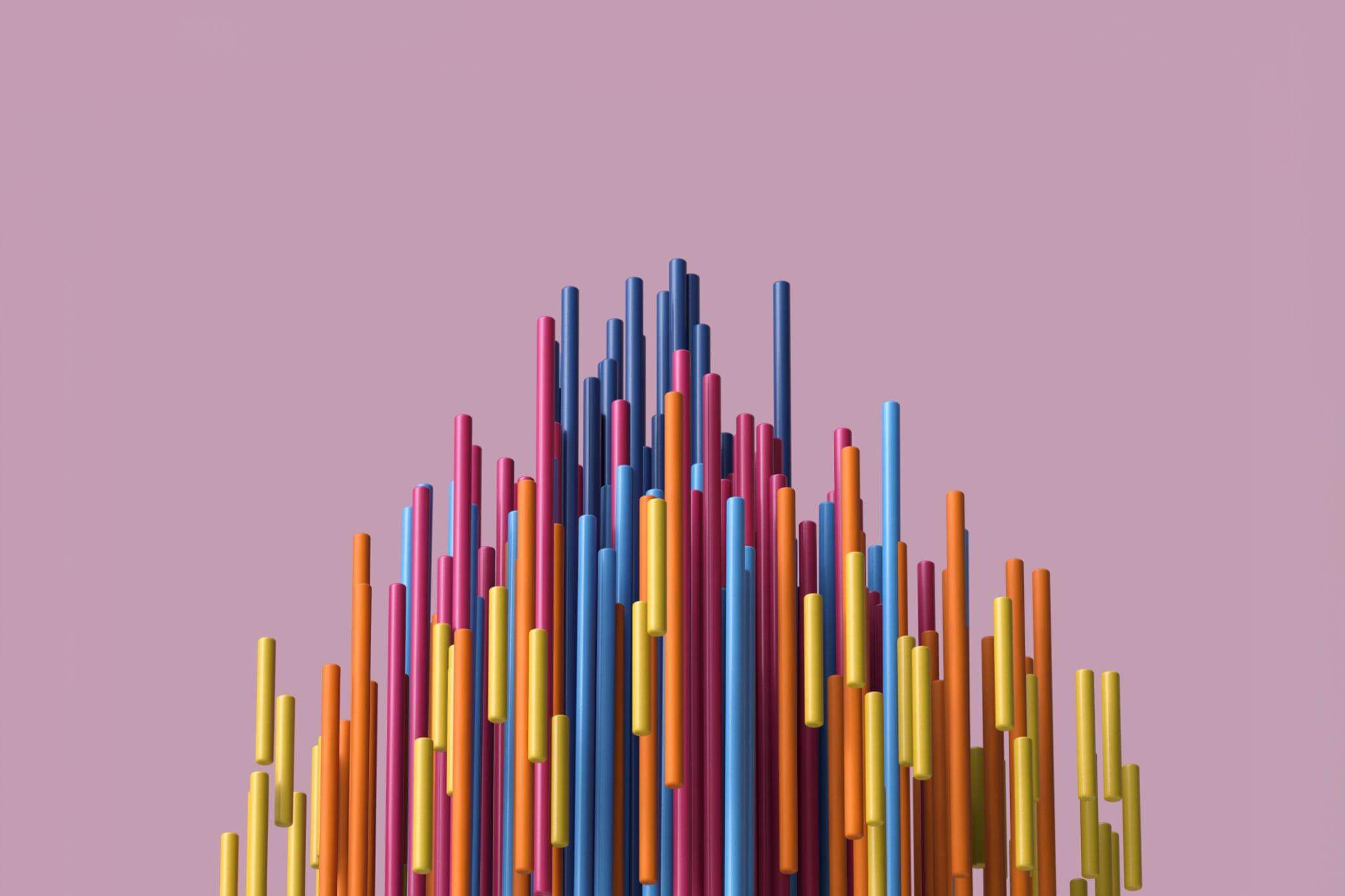
Post-Production Of 3D Animation
The final touches are how is 3d animation made to the project at this point in the animation production process to make it appear well-detailed. The appearance of a 3D project can be altered in any way by 3D post-production artists using a variety of techniques. The steps of a 3D animation’s post-production are as follows.
3D compositing: The animated film’s produced layers are assembled once more using compositing as part of the 3D animation’s post-production process.
Sound creation and music: Before the addition of the music and sound design elements, the final edit of the full animation production should be completed and all technical specifications should be spelled out.
Correcting the colors: In a 3D animation production, color correcting happens very last. It is a procedure used to give the images in the 3D animation project’s whole image sequence a more seamless appearance.
What Makes A 3D Animation Good?

Characters from a good 3D animation idea are unforgettable. Characters who stick in people’s minds are distinctive and approachable; something about their appearance and personalities makes them unique and irreplaceable. Your characters aren’t strong enough if you can change them around and the plot still works.
Due to the enormous addition of depth, 3D animation is ultimately more realistic. The ability to move or transfer an object more easily makes it possible to build more lifelike characters and makes it much simpler for 3D animators to adapt to a specific scene.
While it is true that 3D animation can be a time-consuming process, there are several tips and tactics to make the workflow much more streamlined. Here are some 3D animation techniques to help you get the most out of your efforts. Of course, as you gain experience, your work process will automatically become quicker and more efficient.
Technology Advancement
It can be challenging to keep up with how quickly technology is developing; there are frequently released updates, new computer software, and enhanced functionality. Yet if you’re committed to keeping up with your industry, you must develop with technology.
Real-Life Observation
The more time goes by, the more of an observer you develop into as a 3D animator. After all, you want to achieve the highest level of realism with your 3D objects and characters. The greatest method to mimic actual life is to be familiar with its workings.
Recognize the Complexities of Human Emotion
You’ll need to devote a significant amount of time to facial animation if your animation features 3D characters and intricate interactions between them. A fantastic animation can be created by mastering the complex emotions that people experience.
First Structure, Then Details
When working on an animation, it’s simple to become sidetracked by the minutiae and begin pulling them apart, losing sight of the greater image. By wisely prioritizing the essentials first and the details later, you may save yourself a lot of time and frustration.

A Demo Reel Is Quite Effective
Despite not being specifically for the animation process, the following piece of advice will undoubtedly be helpful to 3D animators. Regardless of whether you’re applying for a job, project, or contest, how to make a 3d animation and present yourself says a lot about your professionalism.
Advantages of 3D Animation
Advertising, medical research, architectural design, and a variety of other fields have all demonstrated the value of 3D animation. Why are so many different sectors utilizing this innovative visual technique? Here are a few of the distinctive advantages that 3D animation may provide.
Involvement Of People
User engagement can be increased via 3D animation by producing more realistic and captivating graphics. This is true in a variety of settings, including video games, marketing campaigns, and business presentations. By capturing the audience’s attention and holding it, superb animation increases the likelihood that the audience will remain attentive and interested.
Attracting A Larger Audience
A wide range of audiences like 3D animation. Targeting sizable crowds of people is another option. A fantastic approach to grabbing a large audience’s attention is by projecting a 3D animation onto a massive screen. An animated digital billboard, for instance, might stand out significantly in a congested area.
Communicates Clearly
With 3D animation, it is possible to produce graphics with greater clarity and a more realistic feel. BRemovingany ambiguity, for instance regarding how a product would seem in a 360-degree view, tight improve communication. Besides improving communication through its visual effect, 3D animation can also increase emotional connection.
Great Branding Tools
Businesses can more effectively communicate their brand by using 3D animation to give customers a more in-depth understanding of their goods, services, and overall mission. Using this kind of cutting-edge technology can help businesses become recognized by customers as a more contemporary and progressive brand.
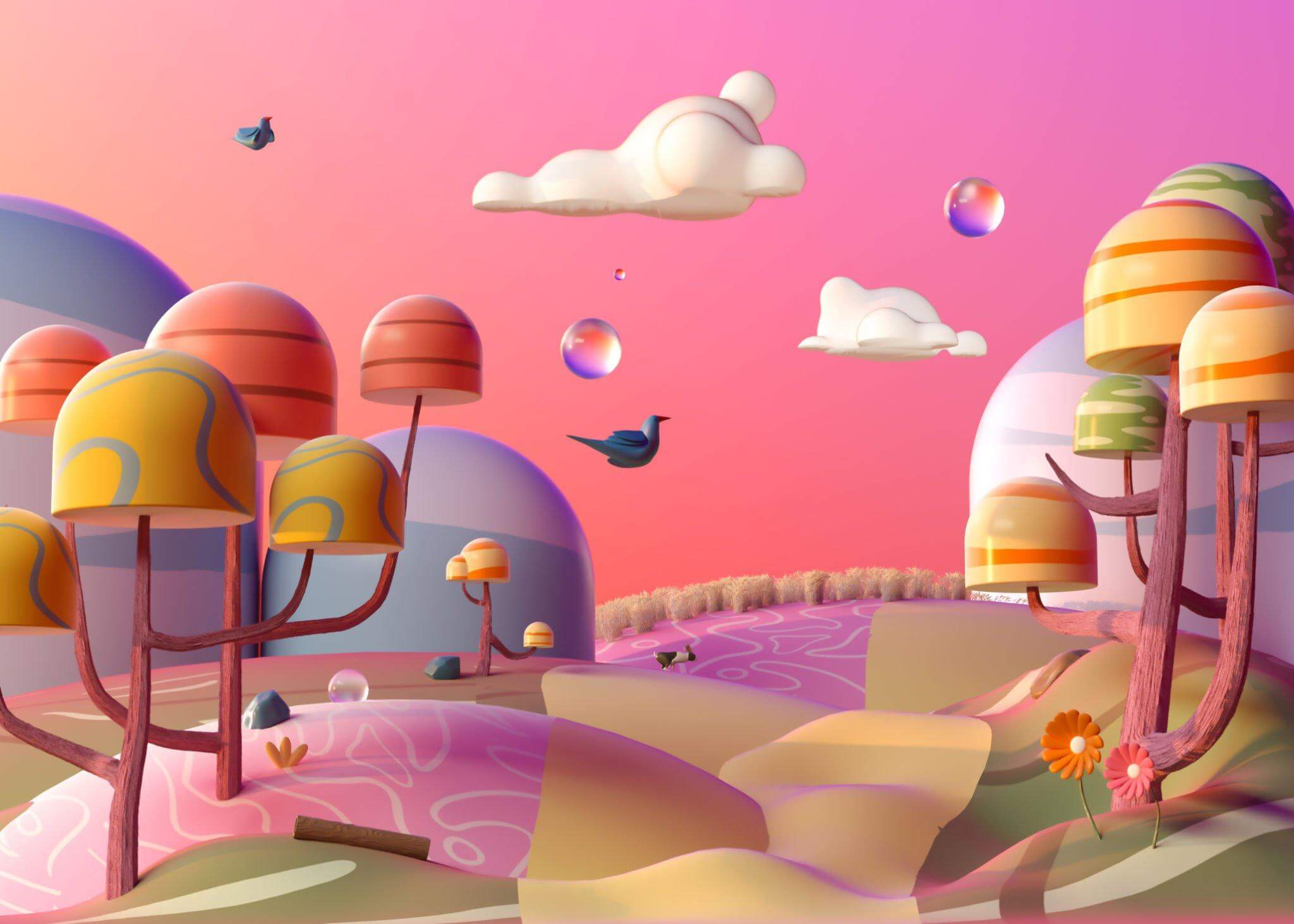
How Do You Become A 3D Animator?
Perfecting a skill takes practice. It takes some practice to have your animations as fluid and exact as you would like when you are initially learning. Repetition will eventually make the tiresome portions swift and natural, allowing you to concentrate on the animations’ more intricate details and personalities.
Practice animating humans, vehicles, and moving items by downloading various free rigged models (such as this free tiger rig). You can use this as a guide to learn how to work with soft versus hard items.
Research is crucial, as was previously said. Spend time learning about to help you become ready for a career in this sector.
- Humans, bipedal beings, quadrupedal creatures, and animals all move in different ways.
- Mood portrayal through facial expression
- Machine design
- Operational procedures
- Physics and weight
The ability to comprehend motion capture is needed by artists as technology advances. After importing the motion capture data, animators frequently need to make adjustments to the keyframes to make the character’s facial and body movements perfect.
Final Words
I hope you now have a better understanding of the potential of what is 3D animation and how it works after reading this article’s conclusion.


